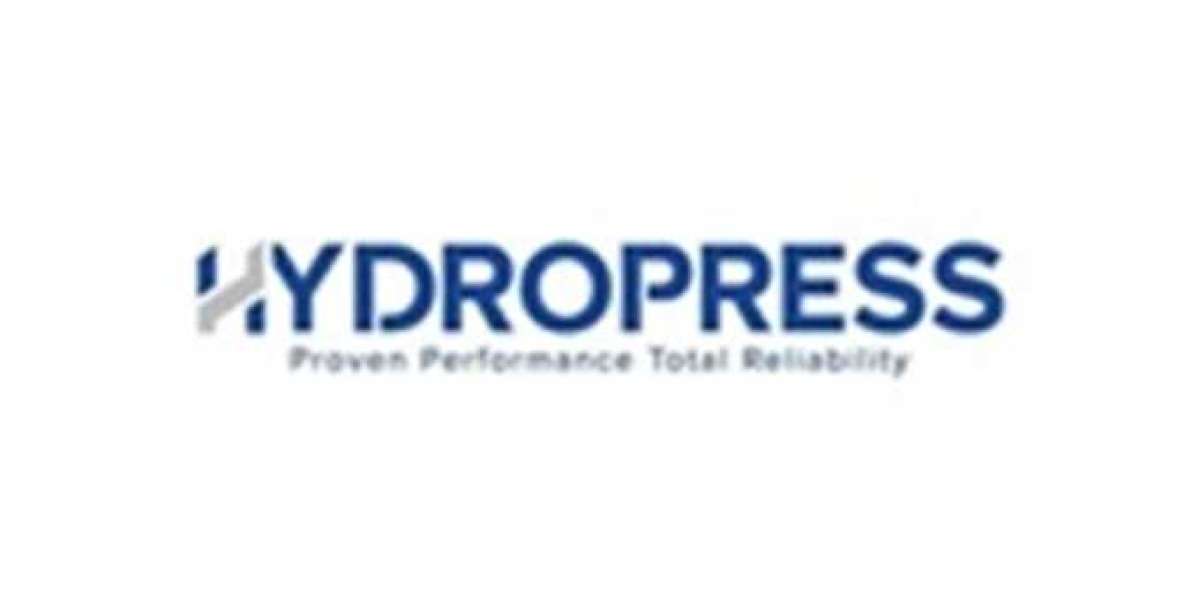In today’s competitive packaging and manufacturing industries, efficiency is a critical factor that influences profitability and customer satisfaction. One area gaining increasing attention is the design and optimization of dust flap packaging, a common feature in corrugated boxes and folding cartons. Dust flaps are small flaps that help protect the contents of a package by sealing gaps, preventing dust, debris, and moisture from entering the box. While seemingly minor, the way these flaps are designed and assembled can significantly impact the speed and cost of packaging operations.
Optimizing dust flap packaging for faster assembly means not only improving the flap’s design but also streamlining the entire packaging process, from material handling to final sealing. Companies that master this optimization enjoy reduced labor costs, fewer assembly errors, and enhanced product protection. This article delves into actionable strategies for optimizing dust flap packaging to achieve faster and more efficient assembly lines.
Understanding the Role of Dust Flap Packaging in Product Protection and Assembly Speed
Dust flap packaging primarily serves as a barrier that shields packaged goods from environmental contaminants like dust and moisture. These flaps fold into the box before sealing, ensuring that gaps around the box’s edges are closed. While the primary purpose is protection, dust flaps also contribute to the structural integrity of the package by reinforcing the box edges.
However, the presence of dust flaps can complicate the assembly process. Poorly designed or improperly sized dust flaps may cause jamming, misalignment, or increased handling time. Thus, understanding their role and challenges is the first step toward optimizing dust flap packaging. By designing flaps that are easy to fold and position correctly during assembly, manufacturers can reduce manual labor and speed up packaging lines without compromising protection.
Moreover, optimizing dust flaps supports faster machine automation. In automated packaging, every second saved in flap folding or box sealing counts toward increased throughput. As such, the flap’s design must balance ease of assembly with effective sealing to maximize efficiency.
Designing Dust Flap Packaging for Ease of Folding and Insertion
One of the most significant factors affecting assembly speed is the design of the dust flap itself. Flaps that are too large, stiff, or oddly shaped require extra force and precision to fold and insert, slowing down manual or automated processes. Conversely, flaps that are too small may fail to provide adequate protection.
To optimize dust flap packaging design, manufacturers should focus on dimensions, scoring, and material flexibility. Proper scoring lines enable quick, clean folds with minimal resistance. Flaps should be sized to easily slide into place without requiring excessive manipulation. Additionally, selecting corrugated board or carton material with the right thickness and flexibility ensures flaps bend smoothly without tearing or buckling.
Another design tip is to incorporate chamfered or tapered edges on dust flaps. These slight angles help guide the flap into its proper position, reducing the chances of misalignment during insertion. This feature is especially valuable in automated machinery where precision is crucial. Additionally, testing flap prototypes on actual assembly lines can identify potential bottlenecks and allow for iterative improvements.
Streamlining the Packaging Workflow to Complement Dust Flap Design
Optimizing the dust flap design alone is insufficient if the overall packaging workflow is inefficient. To achieve faster assembly, manufacturers must consider how dust flap packaging fits within the entire packaging process, from carton erection to sealing.
One way to streamline workflow is by integrating dust flap folding into the box erection phase. Automated machinery can be programmed to fold dust flaps as the box is formed, minimizing the need for manual intervention later. This integration reduces the number of steps required and improves throughput.
Additionally, packaging lines should be organized to minimize handling time. For example, positioning operators or machines to fold and insert dust flaps in a continuous, ergonomic sequence prevents unnecessary pauses or repositioning. Use of conveyors, guides, and robotic arms can further enhance speed and consistency. Training workers on efficient flap folding techniques and emphasizing the importance of flap positioning also contribute to smoother workflow.
Leveraging Technology and Automation for Efficient Dust Flap Assembly
Automation is key to accelerating dust flap packaging assembly, particularly in high-volume production environments. Modern packaging machines can fold, insert, and seal dust flaps with remarkable speed and precision, reducing human error and labor costs.
Investing in advanced carton erecting and folding machines equipped with dust flap handling capabilities can drastically improve assembly rates. These machines often come with adjustable settings to handle different flap sizes and materials, making them versatile for various packaging needs. Additionally, sensors and cameras integrated into machines can detect flap misalignments early, preventing costly jams or packaging defects.
Robotic systems also offer promising solutions for dust flap packaging optimization. Collaborative robots (cobots) can work alongside human operators to handle delicate flap folding tasks, improving speed without sacrificing accuracy. Furthermore, data collected from automated systems can be analyzed to identify process inefficiencies and implement continuous improvements.
Testing, Feedback, and Continuous Improvement in Dust Flap Packaging
Optimization is an ongoing process. After implementing changes in design and workflow, it is essential to monitor performance and gather feedback from operators and machines. Regular testing of dust flap packaging on the assembly line reveals potential issues such as flap misfeeds, increased assembly time, or damage to materials.
Continuous improvement methodologies like Lean and Six Sigma can be applied to packaging operations to identify root causes of delays and defects. For example, tracking the time taken to fold and insert dust flaps across shifts can highlight trends or deviations. Feedback from workers on assembly line challenges is invaluable for pinpointing ergonomic or design flaws.
Moreover, as new materials and packaging trends emerge, manufacturers should revisit their dust flap packaging strategies. Innovations such as eco-friendly materials or new flap shapes may offer opportunities for further optimization. By committing to iterative testing and adaptation, companies ensure their dust flap packaging processes remain fast, reliable, and cost-effective.
Conclusion
Optimizing dust flap packaging for faster assembly is a multifaceted effort that blends smart design, streamlined workflow, automation, and continuous improvement. By focusing on the dimensions and flexibility of dust flaps, integrating folding into early packaging stages, leveraging modern machinery, and consistently monitoring performance, manufacturers can significantly reduce assembly time while maintaining the protective benefits of dust flaps.
Efficient dust flap packaging is more than a technical detail—it is a strategic advantage that can enhance productivity, reduce costs, and improve customer satisfaction. As packaging demands evolve, companies that prioritize dust flap optimization will be better positioned to stay competitive in fast-paced markets.







